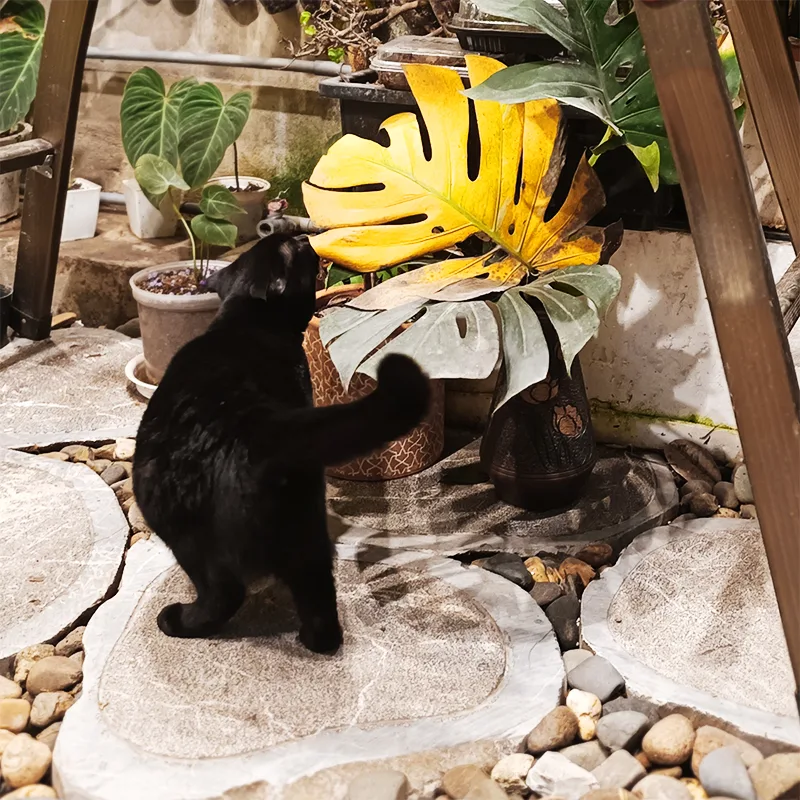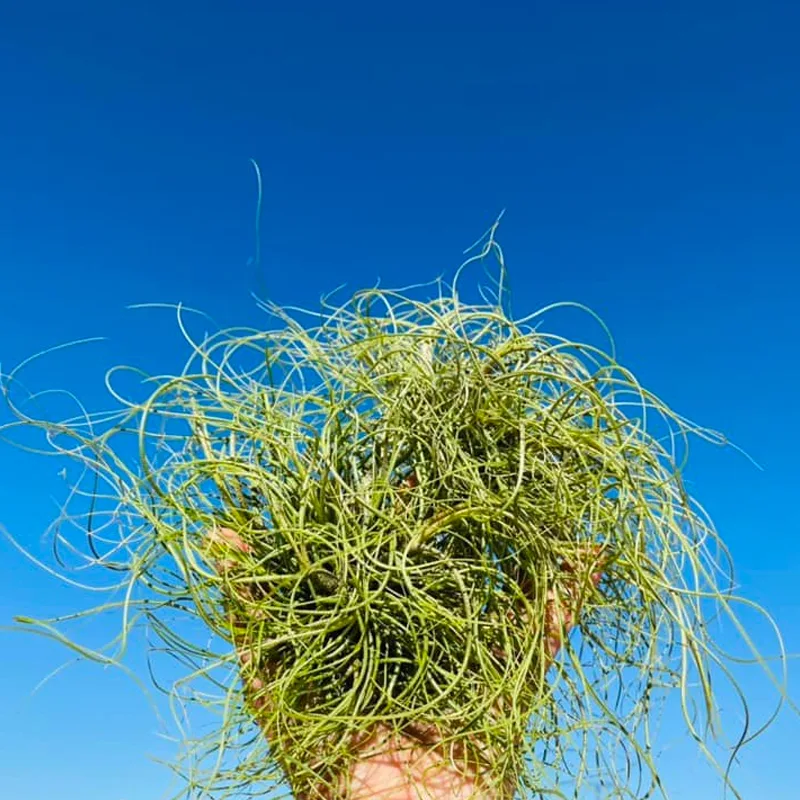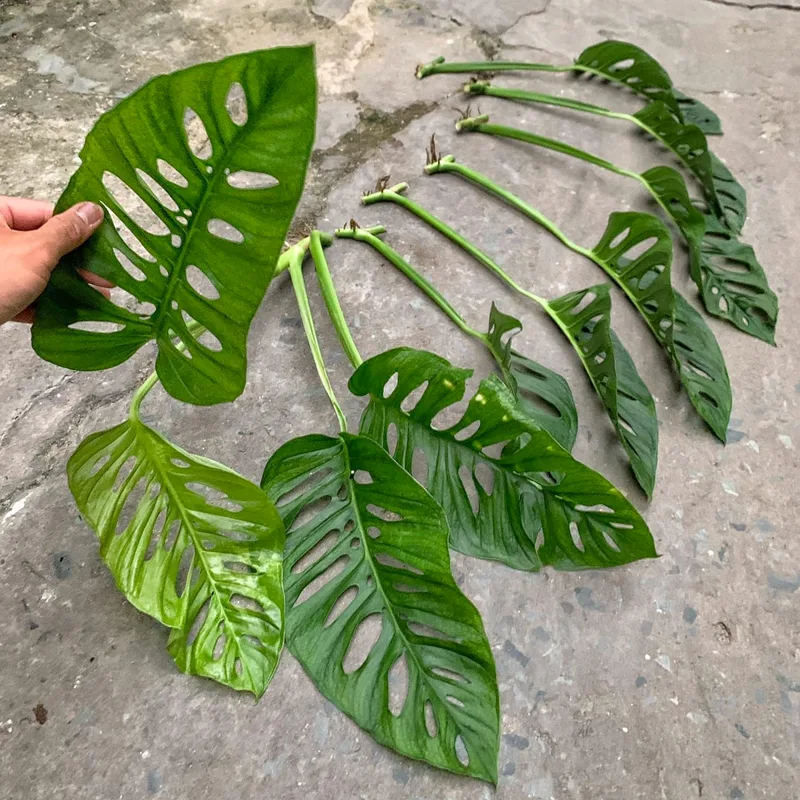The Monstera deliciosa, affectionately known as the Swiss Cheese Plant for its split leaves, is a popular houseplant with good reason. Its lush, tropical foliage adds a touch of the rainforests to any indoor space. But beyond its good looks, there’s a whole lot more to this intriguing plant! Here are 8 surprising facts you might not know about your Monstera:
1. Not All Monsteras Have Split Leaves
Those iconic, deeply divided leaves are a sign of a mature Monstera. Younger plants have entire, heart-shaped leaves. As the plant climbs and reaches for sunlight, its leaves develop those dramatic splits, which help filter light through the dense rainforest canopy where they originate. This fascinating process is called heterophylly, where a single plant exhibits different leaf shapes throughout its life cycle.
2. Monstera is a Climber, Not a Tree
While it can grow quite large indoors, the Monstera isn’t actually a tree. It’s a hemiepiphyte, which means it starts life growing on another plant (an epiphyte) but eventually develops aerial roots that help it climb and reach for sunlight. These aerial roots are fascinating structures with two main functions: attaching the Monstera to its host for support and absorbing moisture and nutrients from the air. In their natural habitat, rainforests of Central and South America, Monsteras can reach staggering heights, even up to 60 feet, climbing and weaving through the dense canopy!
3. The Holes in the Leaves Have a Purpose
Those splits and holes in the Monstera’s leaves aren’t just aesthetic. They help the plant regulate its temperature and reduce wind resistance in its natural rainforest environment. These perforations, called fenestrations, allow for better light penetration to lower leaves and also help to shed excess rainwater, preventing the leaves from becoming overloaded.
4. Monstera Deliciosa Actually Produces Fruit
Given the right conditions (think warm, humid greenhouse), a mature Monstera can produce edible fruit! It’s a bit of a long wait though, taking up to several years to mature. The fruit, called a “monstera deliciosa” (hence the plant’s name!), is described as tasting like a mix of pineapple and jackfruit. Monstera fruit is covered in tough, hexagonal scales that turn green to yellow as it ripens. However, be warned, the unripe fruit contains calcium oxalate crystals, similar to those found in some vegetables like spinach, which can cause irritation to the mouth and throat if ingested. It’s best to wait until the fruit releases a strong, sweet aroma before consuming.
5. Monstera is a Symbol of Swiss Hospitality
Believe it or not, the Monstera became associated with Switzerland in the mid-20th century. There are a few theories about this connection. One possibility is that the plant’s popularity as a houseplant coincided with the rise of Swiss tourism. Another theory suggests the association stems from Switzerland’s mountainous landscape, mirroring the Monstera’s climbing nature. While the exact reason remains unclear, the association stuck, and the Monstera is sometimes referred to as the “Swiss Cheese Plant.”
6. Monstera Has a Cousin That Can Irritate Your Skin
The Monstera deliciosa is generally considered safe for most people and can be a great addition to a pet-friendly home. However, it has a close relative, the Monstera obliqua, also known as the “Peruvian Monstera,” that contains calcium oxalate crystals which can irritate the skin, eyes, and mouth if ingested. These crystals can cause a burning sensation, swelling, and even vomiting. When choosing a Monstera, be sure to identify it correctly. The Monstera obliqua has more elongated leaves with fewer and smaller fenestrations compared to the deliciosa.
7. Monstera Can Be Propagated Easily
This makes it a great plant to share with friends or add to different rooms in your home. Stem cuttings with aerial roots are the easiest way to propagate a Monstera. Simply place the cutting in water and wait for new roots to develop before transferring it to a well-draining potting mix. Another method involves dividing a mature Monstera with multiple stems.
8. Monstera is (Mostly) Low Maintenance
Monsteras are known for their easy-going nature. They thrive in bright, indirect sunlight and don’t need constant watering. Just allow the top inch of soil to dry out between waterings. However, a little extra TLC can go a long way in helping your Monstera truly thrive. Here are some bonus tips:
- Increase Humidity: Monsteras love humidity, which can be especially beneficial during winter months when indoor air tends to be drier. Grouping your Monstera with other plants or using a humidifier can help create a more humid microclimate. Regular misting can also help, but keep in mind this is a temporary solution and shouldn’t replace proper watering.
- Provide Support: As mentioned earlier, Monsteras are natural climbers. In a pot, providing a moss pole or trellis will encourage your Monstera to climb and develop its characteristic aerial roots. This not only allows the plant to grow larger but also adds a beautiful, vertical element to your indoor space.
- Fertilize Occasionally: While Monsteras aren’t heavy feeders, a light application of a balanced fertilizer during the spring and summer growing season can give your plant a boost. Just be sure to follow the instructions on the fertilizer and avoid overfertilizing, which can damage the roots.
With a little understanding of its needs and some basic care, your Monstera deliciosa can become a thriving, leafy companion for years to come. So next time you admire your Swiss Cheese friend, remember the hidden depths of this fascinating botanical wonder.




